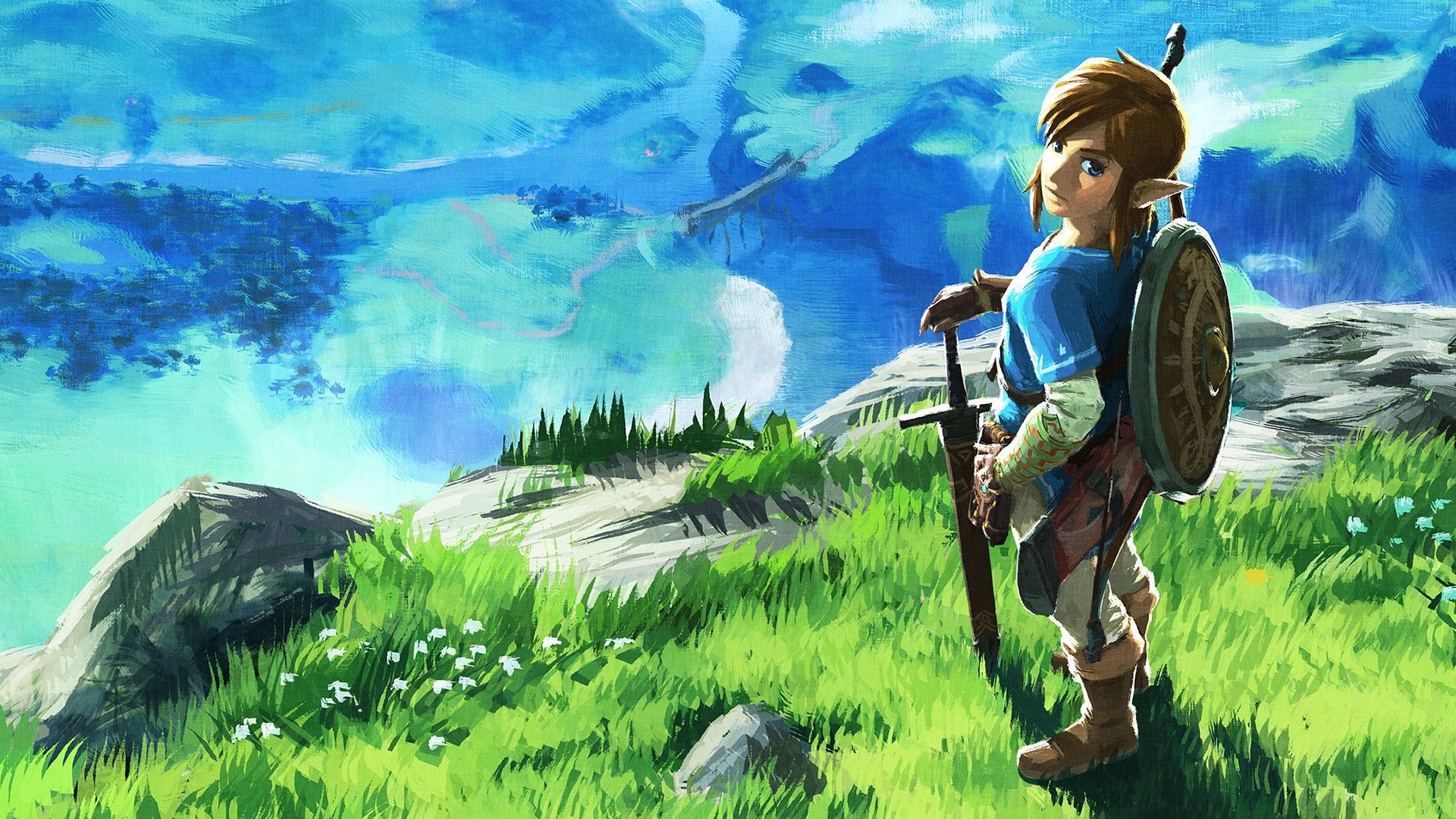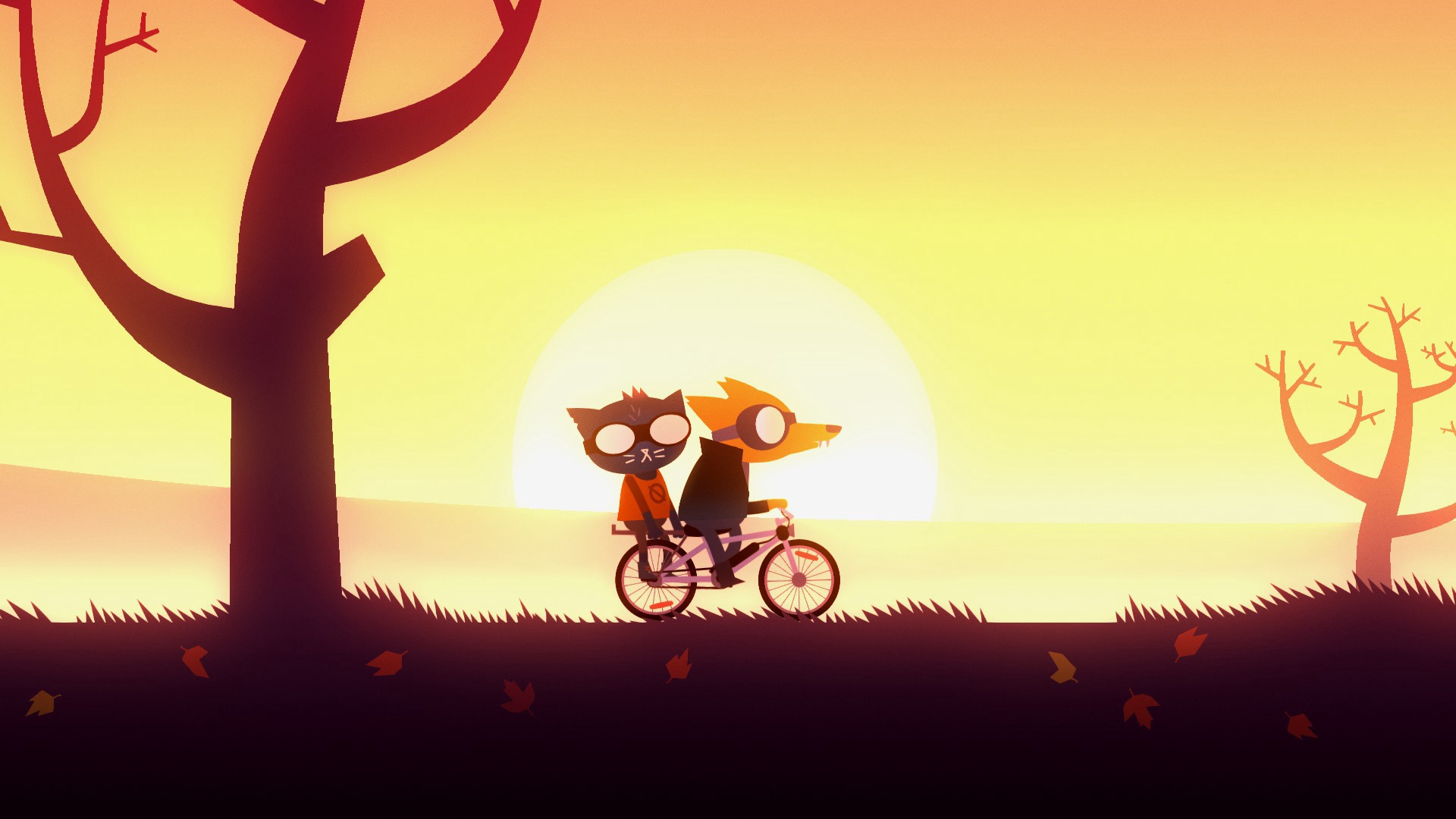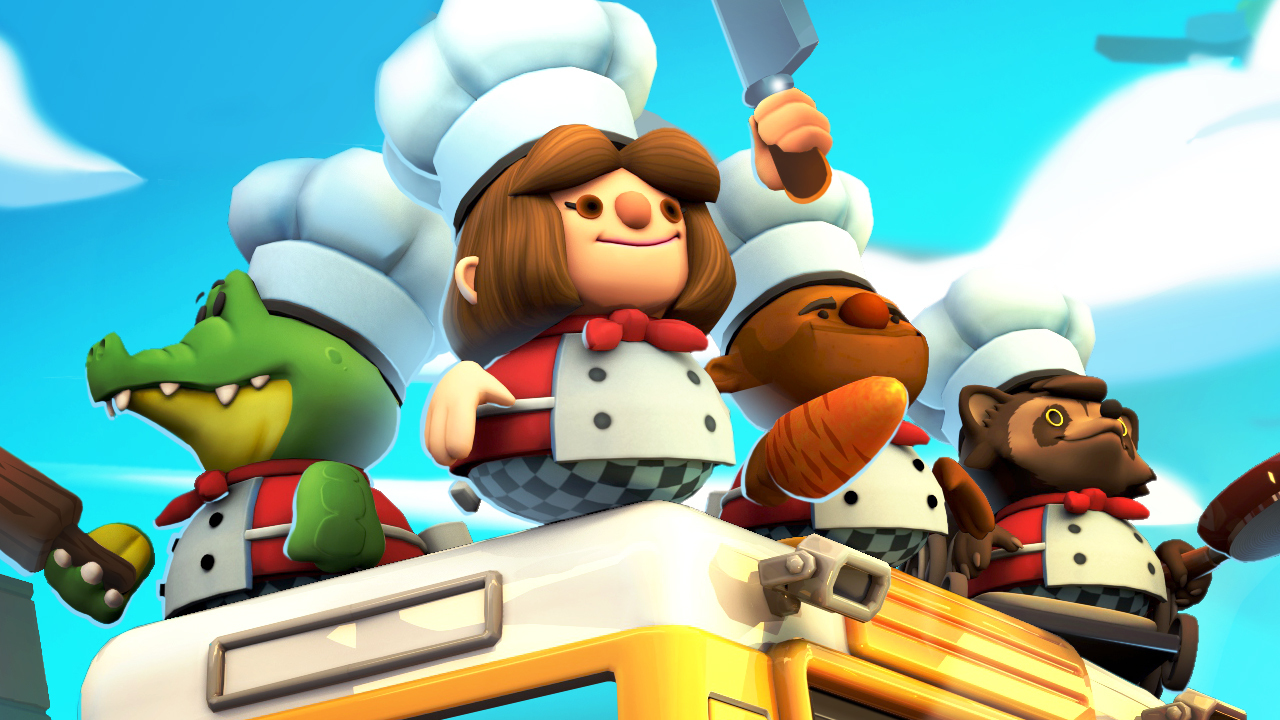Digital Diversity – Diverse Characters For All Ages
Indies have the power of diversity, but are they wielding it?

While minority, black and ethnic protagonists are becoming more present in video games, representation is still scarce. And it’s no surprise that, like in other media, the white heterosexual (presumably) cisgender man is most often the protagonist. This skewed representation is especially concerning considering intended age ratings.
Influencing the younger generation
Diversity of any kind is most important when talking about a younger audience. Younger people are more easily influenced and more impressionable. It’s true that the majority of gamers are adults, but kids play video games too. And while we all know that Steam and Origin allow them to access games of any age range, let’s focus for a moment on what the protagonists for games aimed at the young kiddies look like.
The majority of protagonists in the best-selling video games of last year were white, regardless of the age of the intended audience. This, I’m sure, will surprise no one. The most popular games of last year, according to Statista, were: Grand Theft Auto V, Pokémon Sun/Moon, Call of Duty: WWII, FIFA 18, Uncharted: The Lost Legacy, Call of Duty: Infinite Warfare, Super Mario Odyssey, Mario Kart 8 Deluxe and Zelda: Breath of the Wild.

Out of those games, three have non-white protagonists (Uncharted: The Lost Legacy, GTA V and FIFA 18.) FIFA 18 is the only one of those games considered appropriate for a young audience, receiving a “3+” PEGI rating. The other games were rated “16+” and “18+” respectively. So out of the three most popular games of last year featuring minority, black or ethnic characters, only one was made with a younger audience in mind.
Trouble with treading old ground
One of the reasons for this issue is that the most popular games aimed at a younger audience are made by Nintendo. Nintendo also like to tread old ground and reuse the same characters and franchises all over again. Super Mario Odyssey and Breath of the Wild are rated for a younger audience (even if they are played and enjoyed by an older audience), with “3” and “12” PEGI ratings. They also feature the same white protagonists they have for the last 30 years.
I understand why Nintendo stands so staunchly by Mario and Zelda: they sell. They sell much more than they would do as the same basic game, just with different characters. But every humanoid character in Mario is white, which in this day and age is rather questionable. The Zelda franchise, despite Link always being a descendant of previous Links, is always the same white person saving the same white girl.
If the most popular games for a younger audience will always contain these characters, Nintendo has some questions to ask about its future role in the diversification of the medium.
Indie everything
The good thing about indie games is that they are generally less strict with age ratings. Without risking a large publisher name or reputation on a ‘safe’ classification, indie games are rarely under the same scrutiny as triple-As when it comes to age. It follows, then, that more of them are played by a younger audience. I’ll also comfortably say that indie games, while by no means being perfect models of diversity, are less likely to feature white protagonists. But this is largely because indie games are more likely to have characters where their ethnicity isn’t mentioned or games with non-human or animal protagonists – such as Cuphead and Night in the Woods.

While this is often due to freedom for personal expression found in indie games, it’s not always a good thing. Perhaps indie developers should be using their creative freedom to engage more with this issue. As indie developers have more creative freedom, perhaps they should be engaging more with this issue. With no corporate backers ordering white cismale protagonists to make a game sell, indie studios have the means necessary to incur a serious wave of change. Animal and non-human characters are often easier to draw (compared to 30 different humans) and arguably make games stand out more. But by including more black, minority and ethnic human characters, especially for games aimed at a younger audience, indie games could be tackling a problem triple-As have no interest in solving.
Having said that, indie games are far less likely to be held under a microscope in the same way Nintendo and Ubisoft are. Nintendo’s size and reputation means more people will see their protagonists and notice the issues with them. Indie games with as poor diversity are more likely to slip by unnoticed.
At the time of writing, the top five top selling indie games on Steam (which didn’t warn me of adult content or ask for my birthday) are: Overcooked! 2, No Man’s Sky, Stardew Valley, Black Ice and Hacknet. In all these games there are either black, minority or ethnic main characters, or the race of the protagonists is not revealed or mentioned, or is decided by the player. This at least goes to show that indie games have a much bigger hold on the problem than their triple-A friends.
Digital Diversity is a monthly column examining how indie games represent people of different races, genders, sexualities and more.

